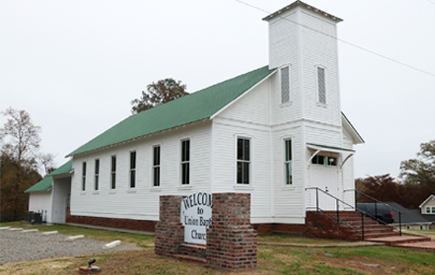
Union Baptist Church
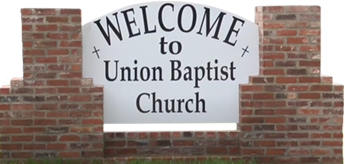
The First Black Church in Texas
Since 1842, the story of Jefferson’s historic Union Baptist Church (or African Church as it was known) has been at the center of Jefferson’s history. The African Church struggled to enfranchise previously enslaved people by fighting for their rights, rights which they believed should be protected by law. Suffrage, wage-paying work, and education for freedmen were key early reforms after emancipation. In 2012, Andrew Spencer and Curtis Hawthorne’s book Murder in Jefferson: The 1868 Stockade Case brought the story to light.
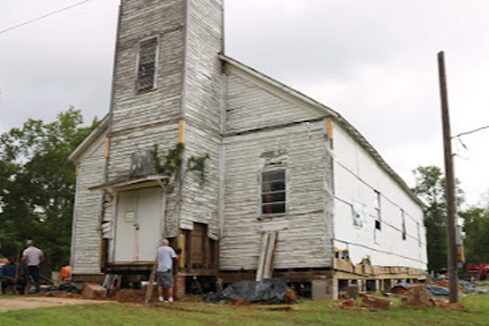
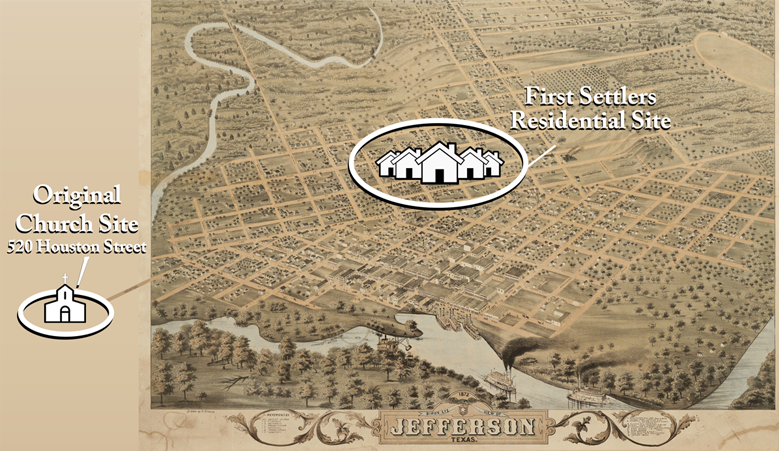
This 1872 map of Jefferson shows the residential section of the first settlers and the location of the original Union Baptist Church.
Church Construction
At first, religious services were conducted under an arbor. But that changed in 1847 when the first structure was erected on the site. The African Church was built using native cypress lumber. The congregation was nondenominational and likely represents the earliest Black Protestant church in Texas.
Jefferson’s First Settlers
The first settlers of Jefferson’s residential section brought in enslaved people to help provide labor for the emerging town’s service industries. Captain William Perry was among these early settlers. He led the group to purchase and give property to the workers, which was to be used for religious purposes. This was a progressive act for the times.
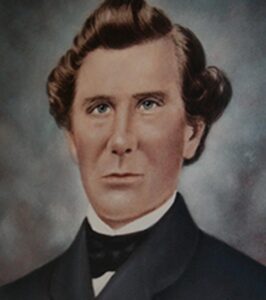
Captain William Perry
Postbellum Texas
After the American Civil War, a new war raged in Texas. The state was fraught with dissension between Unionists and the ex-Confederates who had just been defeated. Federal troops and Freedmen’s Bureau agents were sent into the southern states to ensure the nationwide abolition of slavery as well as to assist former slaves with food, clothing, and shelter. Former slave owners in Texas—many of whom became disenfranchised—saw the changes brought by Reconstruction as an affront to their values.
The African Church became a nexus for the intensifying conflicts between Unionists and ex-Confederates. In fact, the church was the regional headquarters for the Freedmen’s Bureau, the
Radical Republicans, and the Loyal League. If the African Church had become a battleground, of sorts, for the ongoing battle between the North and South, then an ex-Union soldier named George Webster Smith and civil rights activist Albert Browning had become two of its foot soldiers. By October of 1868, both men would be dead and the church left in ashes.
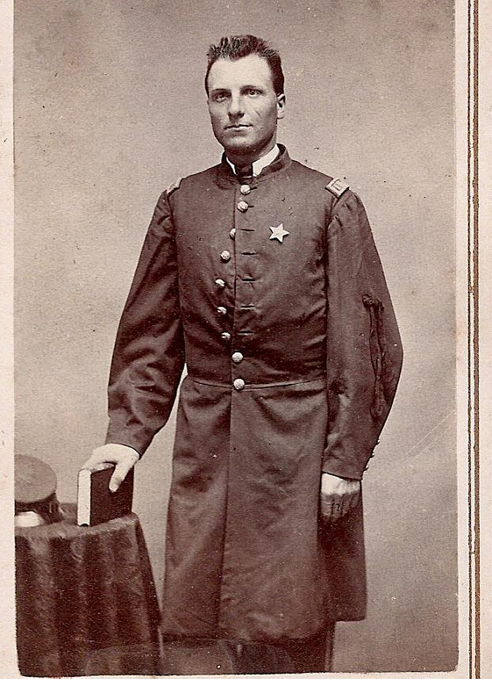
George W. Smith helped freedmen to employ policies of The Bureau of Refugees, Freedmen, and Abandoned Lands.
Smith, Browning, and the Pastor
George W. Smith arrived in Texas as a carpetbagger, a northerner who went to the South after the Civil War to profit from Reconstruction. He became the head of the Union Loyal League and member of the Republican Voter Registration Board. This board was involved in the registration of newly enfranchised Black voters and the disenfranchisement of white former Confederates. He did not let the ex-Confederates vote and registered Blacks so they won all elections.
Joining George W. Smith in the cause of the Radical Republicans were the pastor of the African Church, Nelson Beckham, Sr., and Loyal League spokesman and Church congregant Albert Browning.
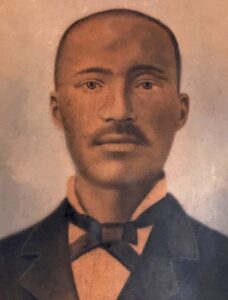
Nelson Beckham, Sr.
The men used the African Church as a meeting place and safe haven for Texas’ original civil rights movement. Reverend Nelson Beckham, Sr. pastored the African Church before the Civil War and into the Reconstruction period. Beckham was also a circuit-riding preacher to several Black congregations in the area. His associations enhanced Smith’s ability to inform the recently emancipated citizens of their new rights.
Bechham and Smith took the civil rights message to the plantations of Northeast Texas, with Beckham acting as conciliator as Smith added voters to the Radical Republican electoral roll. For his part, Browning took his rhetoric to the streets of Jefferson. As leaders of the African Church’s civil rights initiatives, the three men became targets of resentment, a reality which would fatefully play out in fire and blood.
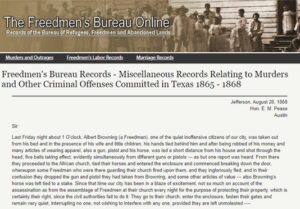
Fall of a Freedman
The first congregant to pay the ultimate price for freedom was Albert Browning. In a letter to Texas Governor E. M. Pease, Freedmen’s Bureau Agent W. H. Johnson recounted the execution of Albert Browning. White vigilantes dragged Browning from his bed, robbed him, and shot him dead in front of his wife and children. The violence escalated, and Johnson wrote that hundreds of freedmen prepared to move to Louisiana. He called for Governor Pease to send a squad of cavalry for protection.
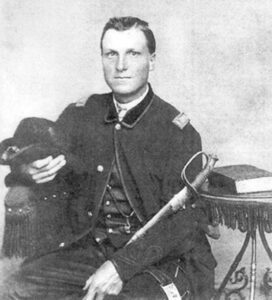
George Webster Smith
Demise of a Carpetbagger
George Webster Smith had many enemies. As a member of the Voter Registration Board, he had disenfranchised many former Confederates. In addition, he had been elected as a delegate to the Constitutional Convention as well as the state Republican Convention in 1868. To top it off, he also intended to collect past due business debts and taxes from ex-Confederates.
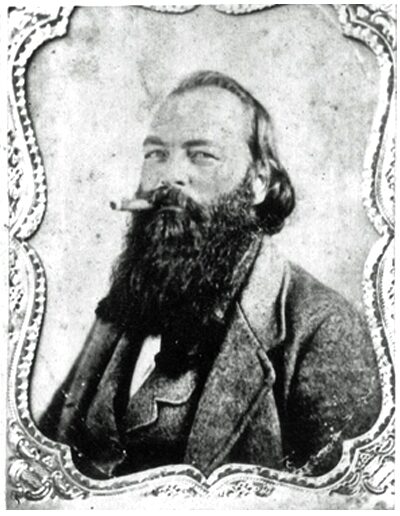
Colonel R. P. Crump
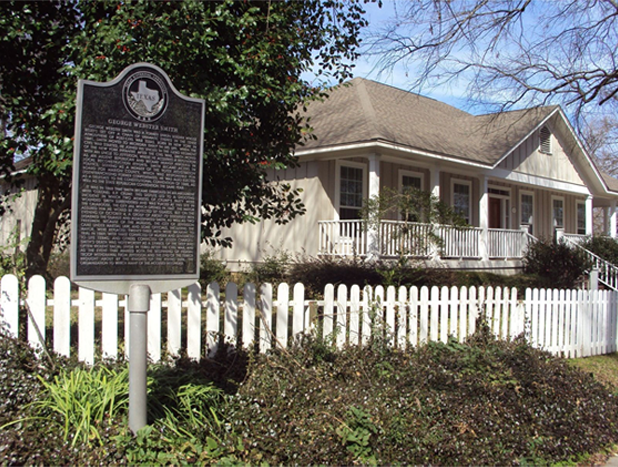
This was the site of The Calaboose, wher Smith was killed.
The Reconstruction After Reconstruction
The African Church’s congregation of 1868 did not mourn the past but looked instead to the future. In spite of terrorization, the congregants persevered by dispersing to emerging congregations in the area.
In 1883—some 10 years after federal troop withdrawal—a local prominent citizen, Mr. L. S. Schluter, stepped forward to assist the congregation of Jefferson by presenting the group with the following property deed:
Smith, who was accompanied by four congregants of the African Church—Anderson Wright, Lewis Grant, Richard Stewart, and Cornelius Turner—became embroiled in an argument with Colonel R. P. Crump. This colonel was the leader of the local vigilante mob that became the Knights of the Rising Sun. The dispute led to a shooting incident: two members of Crump’s party were wounded as Smith defended himself. Smith surrendered and was placed in protective custody along with his companions.
On the evening of October 4, 1868, a group of about 70 men disarmed the guards, killed Smith while he was still in his cell, and murdered Grant and Stewart. That same night, just half a mile south of the jail where Smith, Wright, and Turner lay dead, the African Church went up in flames.
Because of the murders, the City of Jefferson came under martial law. The mayor and other officials were replaced, and 24 men were hunted down and brought to trial. Three were convicted and sentenced to life terms for the murders. Others were convicted of lesser charges and eventually received a presidential pardon.
“The State of Texas, County of Marion. Know all men by these presents that L. S. Schluter of the County of Marion and State of Texas in consideration of the sum of fifty dollars to use in land paid Jordan Tice, Henry Bayley and Don Word as trustees of the Union Baptist Church (colored) of Jefferson Texas. Having granted, sold and conveyed and by these presents do grant, sell and convey unto the said church and its trustees, and their successors forever for the use and benefit of said Church of the County of Marion and the State of Texas, all that certain lot or parcel of land lying and being situated in the City of Jefferson as drawn by Hugh Hensey for Allen Urquhart as Lot No. (8) Eight in block No. Eighty-Six (86) fronting Houston Street.”
The Black Jeffersonians reconstructed and reopened the doors to the Union Baptist Church. The building featured a sanctuary with a bell tower. To commemorate their long journey, the congregation placed an engraved cornerstone on the new church. It reads, “Organized 1868 – Rebuilt 1883.” The African Church went from being a victim of the postbellum racial clash to becoming a survivor. More importantly, the church stands for freedom for people of color and the fight it took to gain that freedom granted during Reconstruction.
Symbols of the Racial Divide
The Texas Historical Marker located where George W. Smith was killed states that his “death was noteworthy as a symbol of the deep and often violent racial divide in Texas after the Civil War.” There is no doubt that the former Union soldier’s actions in Texas were an extension of the war that had nearly torn the nation apart. The deaths of the Black citizens who were martyred along with Smith, Albert Browning, Lewis Grant, Richard Stewart were also significant.
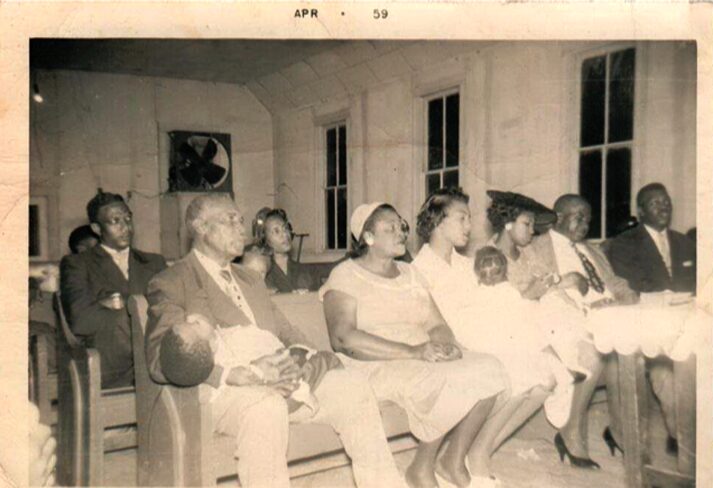
1959 photo of the Union Baptist Church congregation.

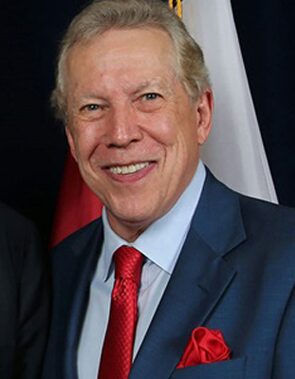
Richard H. Collins, founder and President of the Today Foundation.
Church Restoration
Richard Collins had interest in the church since 1975. The last service was performed in 2002. In 2015, the congregation was only a small group of family members and the church had not been used for thirteen years and was in trouble of collapse. So, the Pency Floyed family and the congregation gave the church to the Today Foundation who quickly moved to protect the structure from further deterioration. The restoration team from the House of the Seasons restored the church in 2017, always mindful of the accuracy of the restoration and what the people and carpenters who built it in 1883 would have done, and what materials would have been used. The front of the building uses original exterior wood. Most of the walls & floor are original.
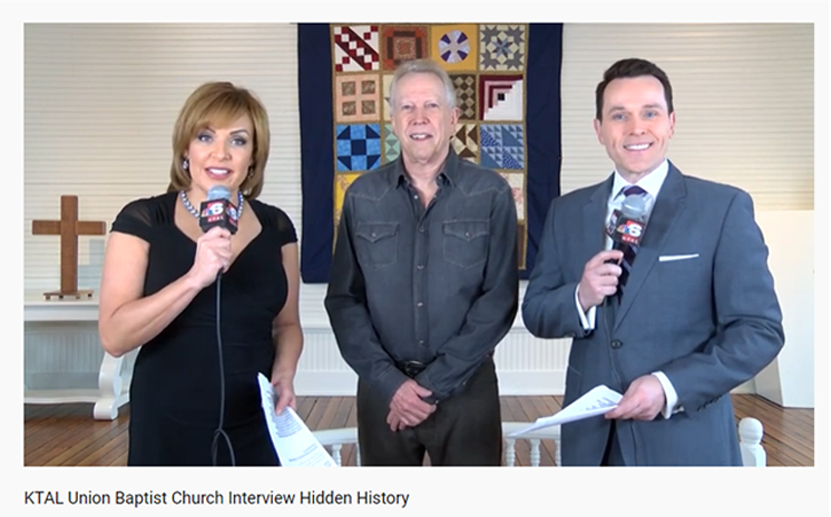
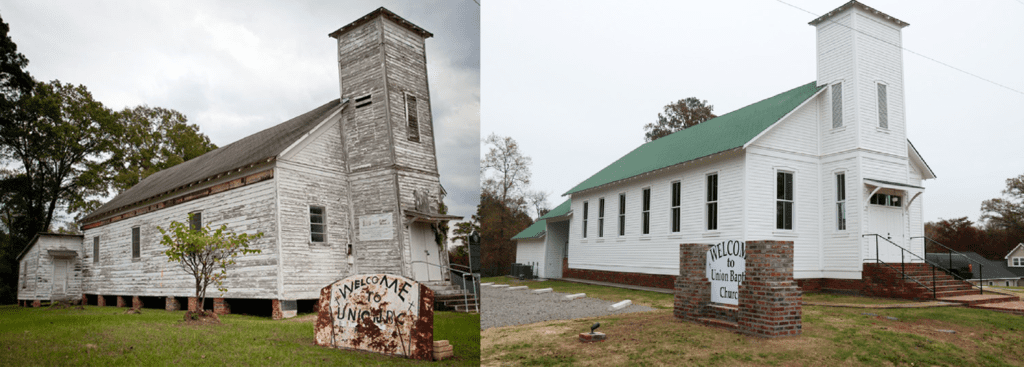
Before and after restoration images of the Union Baptist Church in Jefferson TX.
Archaeology Informs Restoration
Restoration of the 1883 UMBC structure involves a lot of discovery and adaptation. With a primary goal of protecting and maintaining existing materials, our very careful crew is doing a lot of repair and replacement using traditional or substitute materials. In some cases, archaeology on the site or in the walls is informing our restoration decisions. For example, electricity was not available until after the first quarter of the 20th Century. Kerosene lamps lit homes, businesses, and churches prior to the arrival of the Edison bulb. For those more able, decorative cast iron mountings with swing arms and reflectors were popular.
During the excavations, artifacts uncovered answered this question. To support this, the decorative beaded rim of the glass chimney was also found. “With these finds, we are able to conclude that these more basic lamps would have been present in this space prior to the introduction of electricity,” stated Ms. Dickson, project anthropologist and archaeologist.
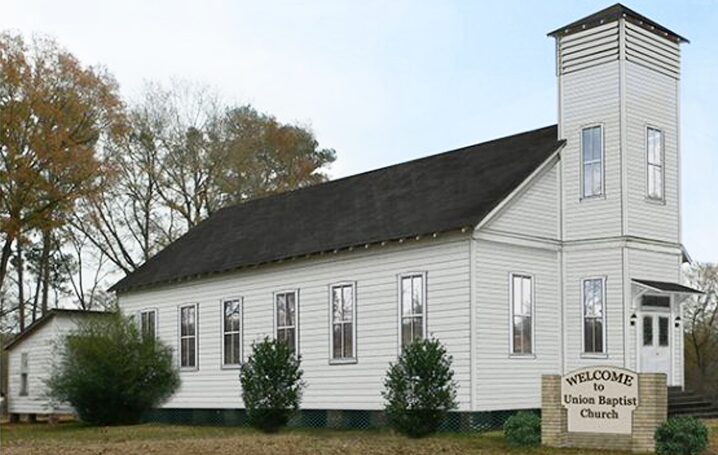
You can visit this historical site in Jefferson, Texas, and see the refurbished church as its congregation saw it in 1883.
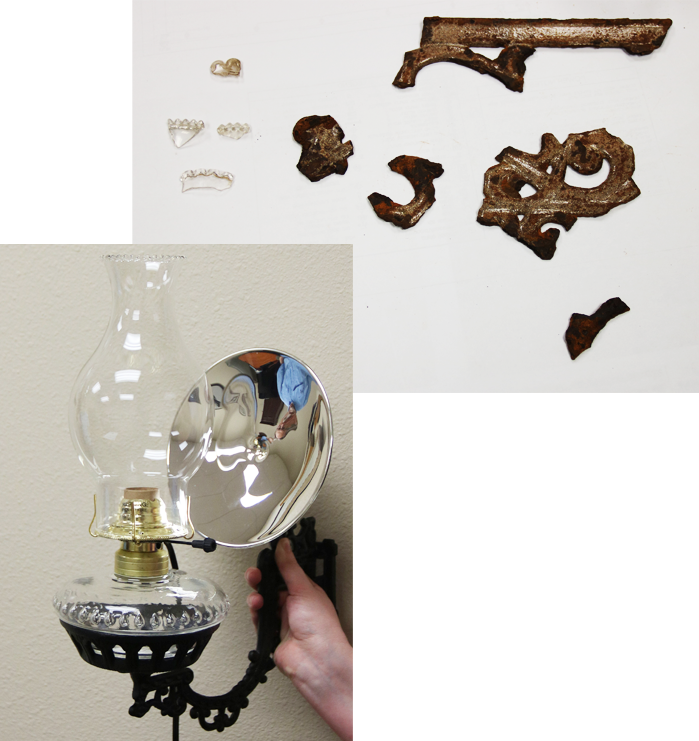
Physical evidence of “hurricane” type kerosene lamps with decorative cast iron in use prior to the introduction of electricity.
Bibliography
http://freedmensbureau.com/texas/jefferson.htm . Browning. Freedmens Bureau Online.
Ida Beckham Mills. Ode to the Beckhams.
Spencer, Andrew and Hawthorne, Curtis. Murder in Jefferson: The 1868 Stockade Case. 23 House Publishing. 2012.
Texas Historical Commission. RTHL-George Webster Smith, 2006.
Title Research. Port Jefferson Title Company (for Richard H. Collins). House of the Seasons Library. Jefferson, TX.
2021. https://dallasexaminer.com/community-de/religion/east-texas-church-holds-100-years-history/.
Elbein, Asher. 2019. “The Ghost’s of Jefferson.” texasobserver.org. October 28. Accessed August 10, 2021. https://www.texasobserver.org/the-ghosts-of-jefferson/.
